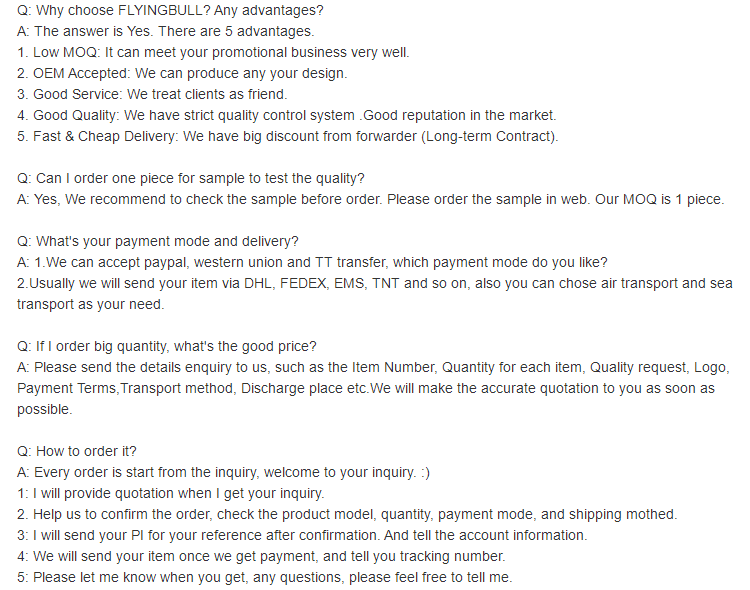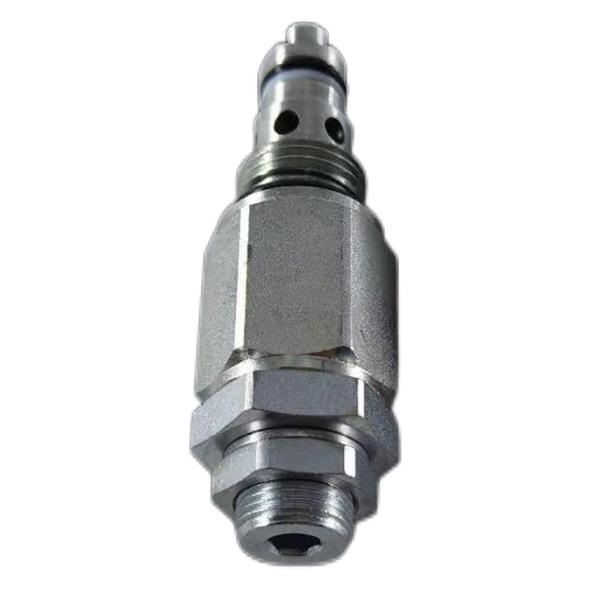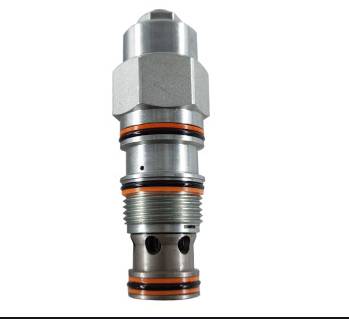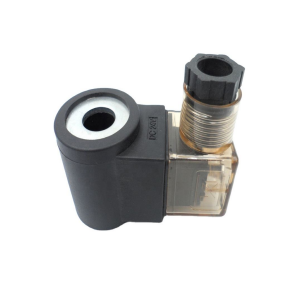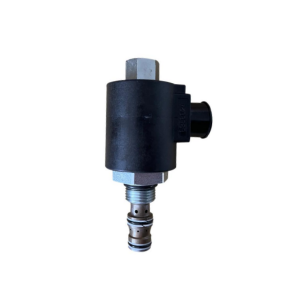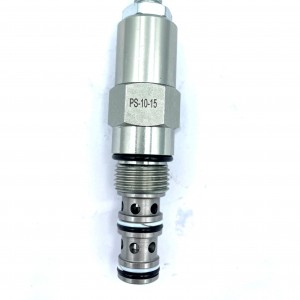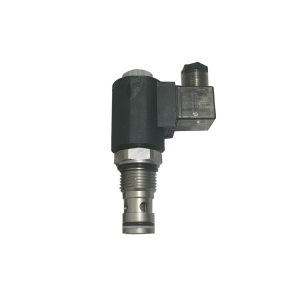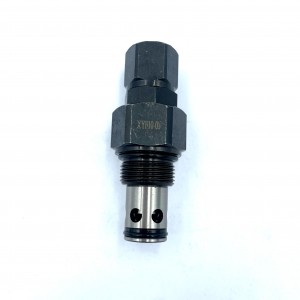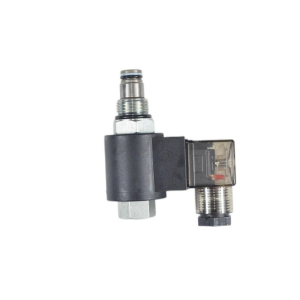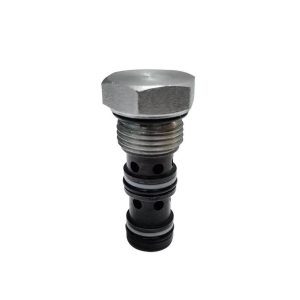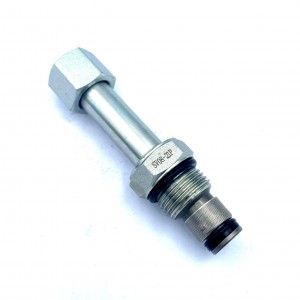Hydraulic Cartridge Valve LFD-10
Details
Sealing material:Hydraulic Cartridge Valve
Pressure environment:ordinary pressure
Temperature environment:one
Optional accessories:Hydraulic Cartridge Valve
Type of drive:power-driven
Applicable medium:petroleum products
Points for attention
The hydraulic cartridge valve is a standardized and modular hydraulic component widely used in hydraulic systems. It achieves the control function of the hydraulic circuit by being inserted into a specific valve block hole and cooperating with the control cover plate. The following is a detailed introduction from aspects such as structure, working principle, features, classification and application:
I. Structural Composition
The hydraulic cartridge valve is mainly composed of the cartridge unit (main valve) and the control cover plate. Some complex systems may also be equipped with a pilot control valve:
Plug-in unit
It is composed of valve sleeves, valve cores, springs, etc., and is the core component for achieving hydraulic control. The valve core is designed in the form of cone valves, slide valves, etc. according to different functions.
The outer side of the valve sleeve has a sealing structure. After being inserted into the valve block hole, it is fixed through threads or retaining rings to ensure the sealing of the oil.
Control cover plate:
Installed above the cartridge unit, it includes structures such as the control oil passage and damping holes, and is used to connect the pilot control valve or the external control oil circuit to control the opening and closing of the main valve.
Ii. Working Principle
The hydraulic cartridge valve achieves on-off or flow regulation by controlling the pressure difference between the upper and lower chambers of the main valve core.
Closed state:
The control oil port (X port) is connected to the pressure oil. The pressure in the upper chamber of the valve core is greater than that in the lower chamber (or it works together with the spring force), and the valve core presses against the valve seat to cut off the oil passage.
"On status:
To control the pressure relief or reduction at the oil port, the pressure of the oil in the lower chamber of the valve core pushes the valve core upward, causing the oil passage to be unobstructed. The oil flows from the inlet (Port A) to the outlet (Port B).
Pilot control
If combined with a pilot valve (such as an electromagnetic directional control valve or pressure valve), the control oil port pressure of the main valve can be controlled through the pilot valve, achieving more flexible logical control (such as direction, pressure, and flow regulation).
Product specification



Company details
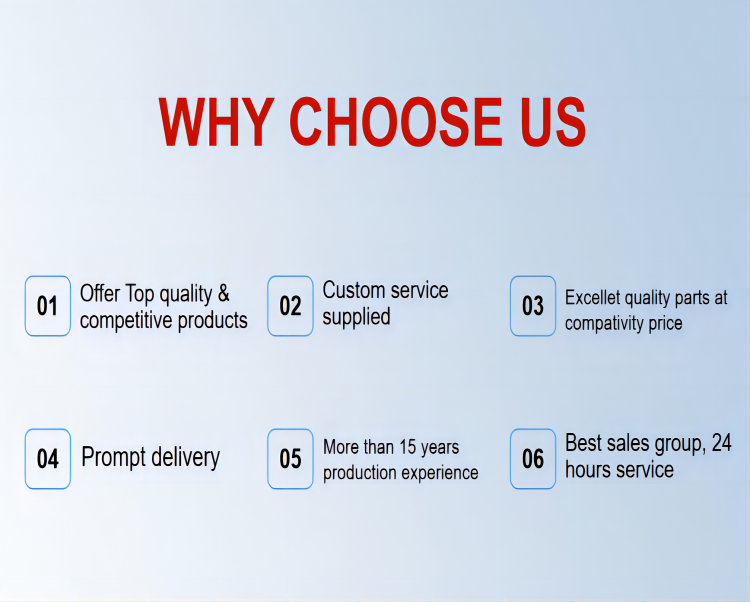
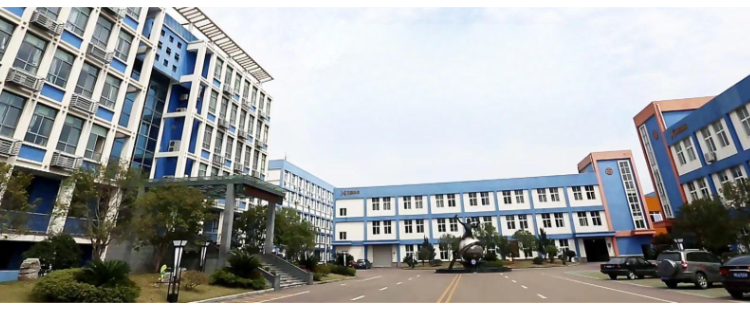
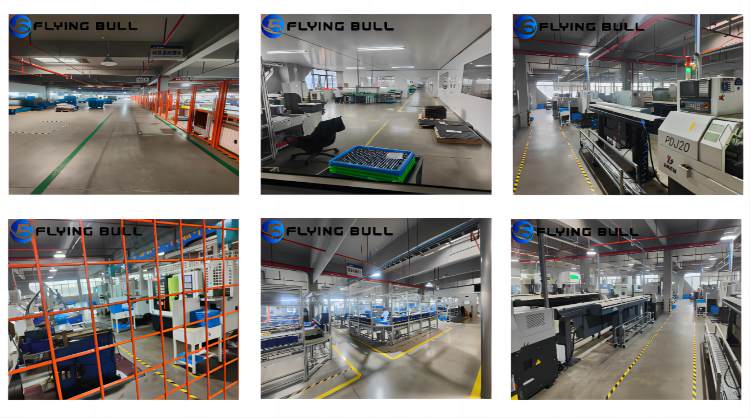
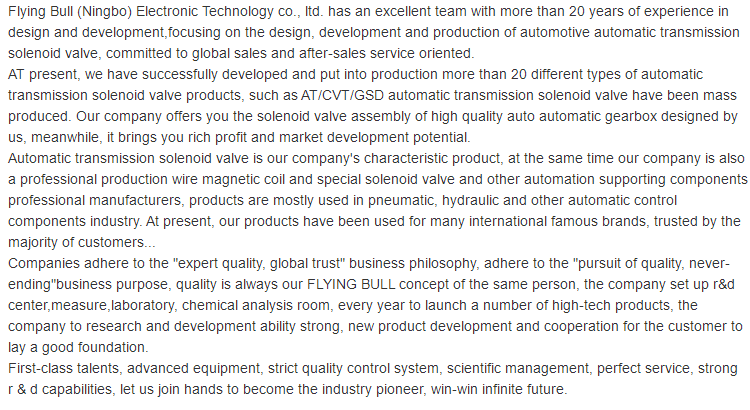
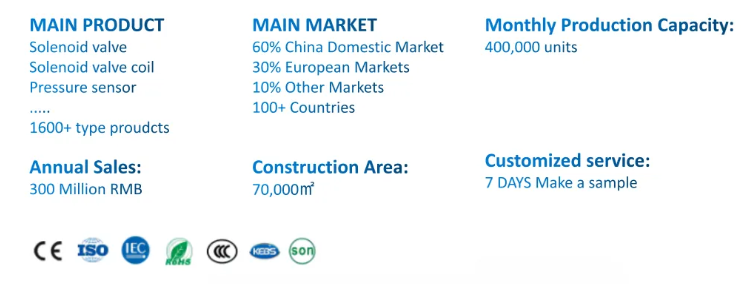
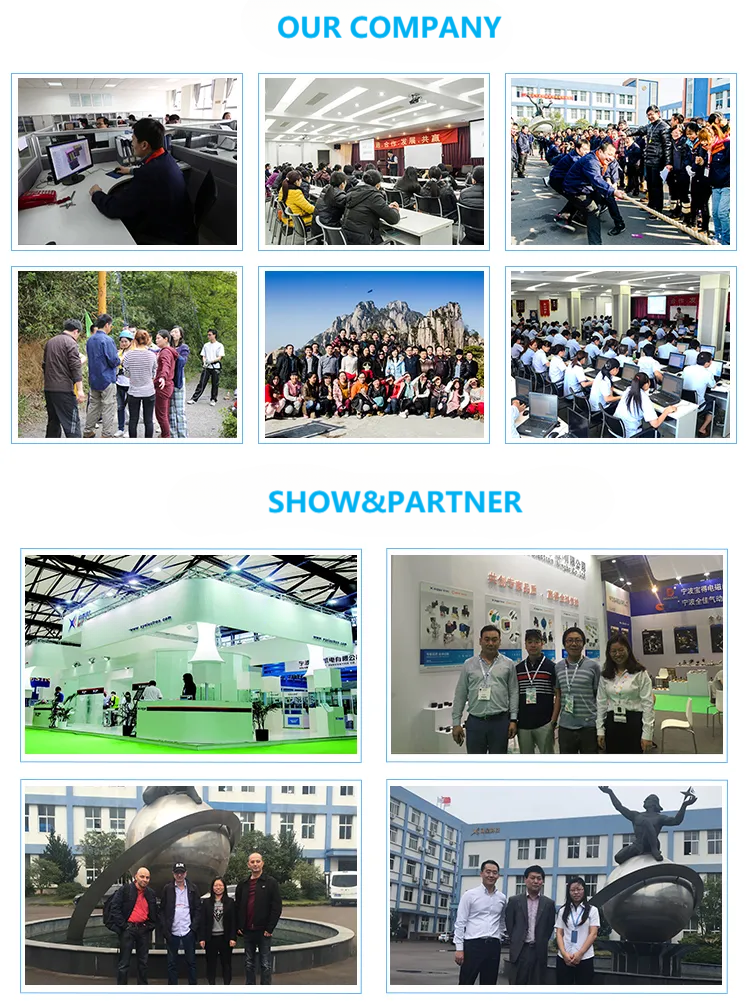

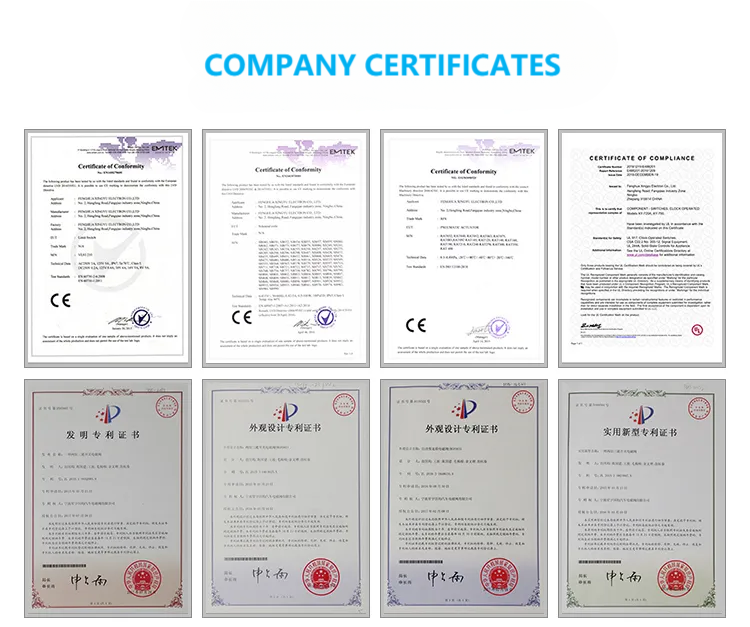
Company advantage
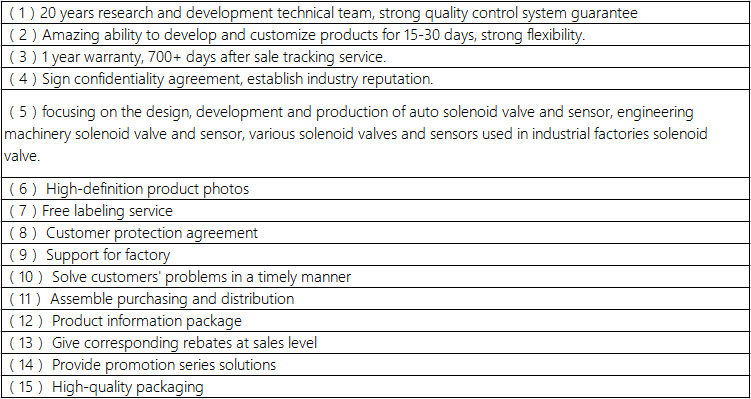
Transportation

FAQ
